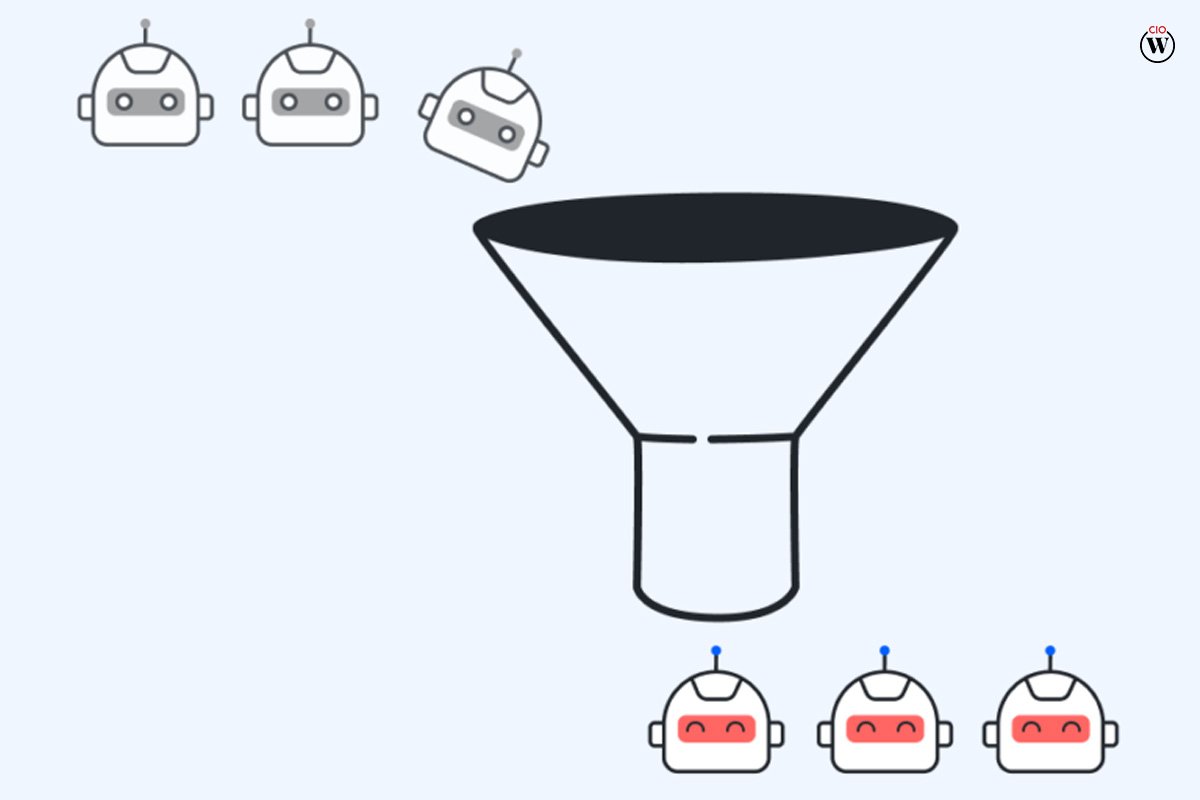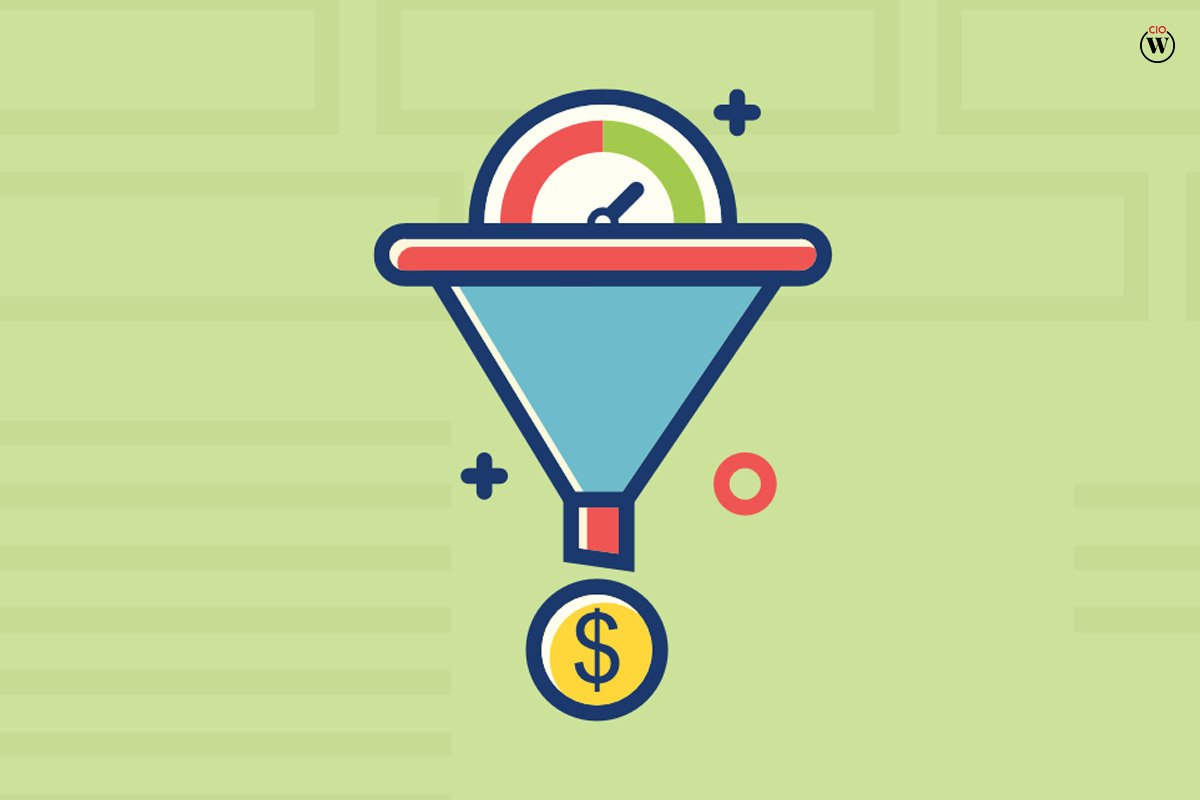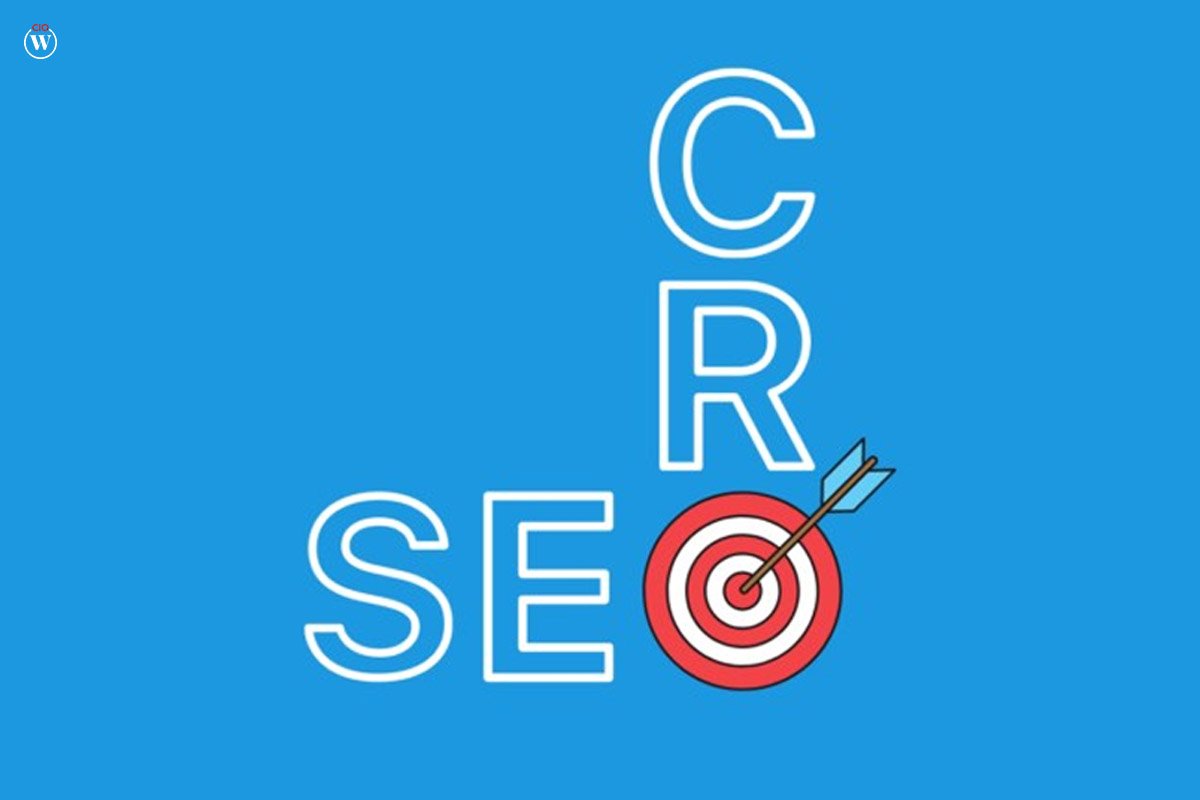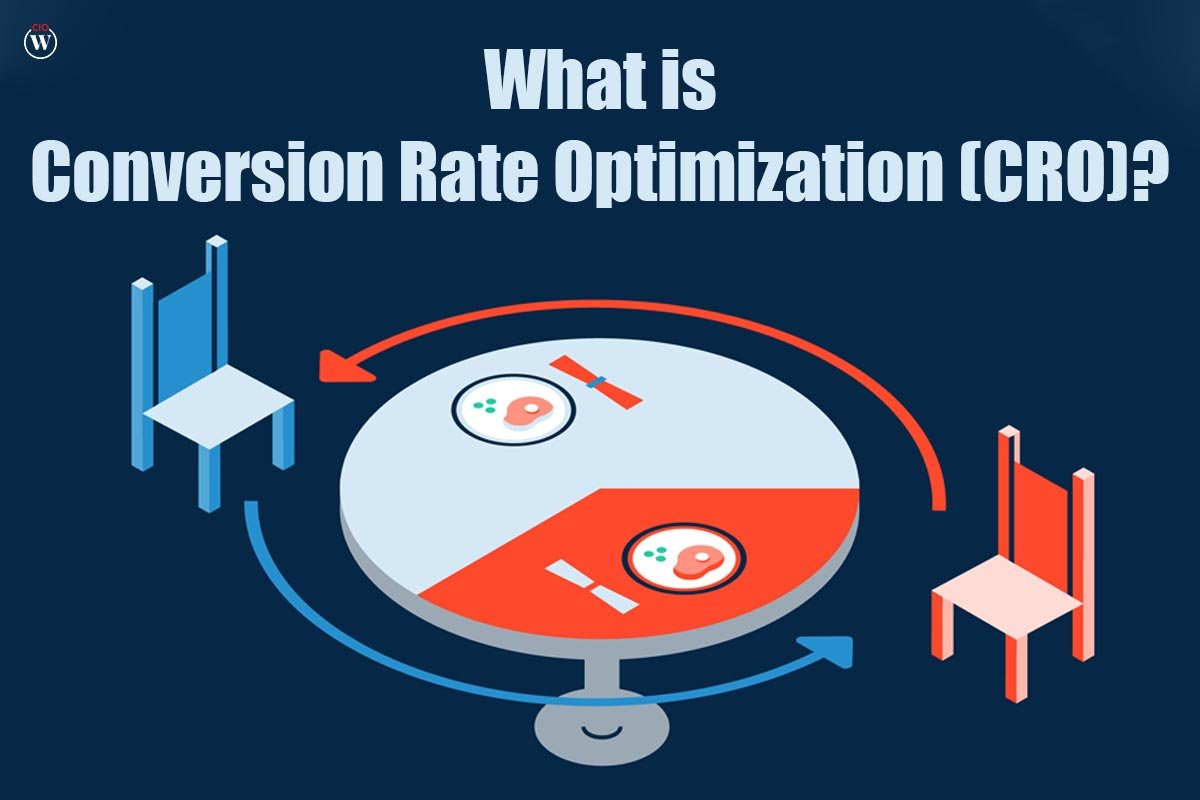What exactly is Conversion Rate Optimization (CRO)?
Conversion rate optimization (CRO) is the systematic process of raising the proportion of website visitors who complete a desired activity, such as filling out a form or becoming clients. Understanding how visitors navigate around your site, what actions they take, and what is preventing them from fulfilling your objectives is part of the CRO process.
What exactly is a conversion?
A visitor fulfilling a site objective is referred to as a conversion. Objectives come in a variety of forms and sizes. If you offer things via your website, the main aim (known as the macro-conversion) is for the user to make a purchase. Smaller conversions, such as signing up to receive emails, may occur before a user completes a macro-conversion. They are known as micro-conversions.
Examples of conversions:

- Macro-conversion
- Buying a product from the website
- Requesting a quotation
- Purchasing a service subscription
Micro-conversion examples:
- Subscribing to email lists
- Creating an Account
- Adding a product to the shopping cart
What exactly is a conversion rate?
The conversion rate of your site is the number of times a user completes a goal divided by the total traffic on your site. Divide the number of conversions by the number of sessions if a user may convert on each visit (for example, by purchasing a product) (the number of unique times a user came to your site). Divide the number of conversions by the number of users if you offer a membership.
Conversion rate optimization occurs once a visitor arrives at your website. Conversion optimization for SEO or paid advertisements, on the other hand, focuses on who clicks through to your site from organic search results, how many clicks you receive, and which keywords are generating traffic.
Conversion Rate Calculation
If a person is able to convert every time they visit the site:
Assume we own an e-commerce store called Roger’s Robotics. During each session, a user might make a new purchase. We want to optimize such that people buy as many things as possible. A person visiting the site three times equals three sessions – and three chances to convert.
Let’s take a deeper look at our user’s three sessions and how they acted:

Session 1: No conversion – the user was becoming acquainted with the site and exploring around.
Session 2: The user purchased a gleaming new antenna. It’s a conversion!
Session 3: The user returned with a fresh set of gears and a flashing light – another conversion! Despite the fact that they purchased two things, this is a single unique order and so qualifies as a single conversion.
To calculate our conversion rate, we would divide the total number of sessions by the number of unique purchase orders.
Consider the following user behavior:
Session 1: The user visited the site for the first time to learn more about the service. There will be no conversion.
Session 2: The user subscribed to our monthly GearBox subscription, which is how we converted!
Session 3: The user returned to read blog entries and play around.
Our users cannot convert every time they access the website. Hence, instead of counting sessions, we should count visits to determine conversion success:
Conversion Rate Calculation by Unique Users:
5 Ways CRO(Conversion Rate Optimization) Helps SEOs
Conversion rate optimization provides specific SEO advantages, even if it is not directly connected to garnering organic website traffic or ranking on a search engine results page (SERP). They include:

1. Better customer understanding.
Conversion rate optimization may assist you in better understanding your target audience and determining what language or message best meets their demands. Conversion rate optimization focuses on attracting the ideal clients for your company. Getting additional individuals will not help your company if they are not the right sort of people!
2. Improved ROI
A higher conversion rate implies you’re making the most of your resources. By learning how to make the most of your acquisition efforts, you can increase conversions without bringing in additional prospective clients.
3. Improved scalability
Although your audience size may not expand as your company develops, Conversion Rate Optimization enables you to grow without running out of resources and potential clients. Audiences aren’t limitless. You can expand your firm without running out of prospective consumers if you convert more surfers into purchases.
4. Improved user experience
When consumers feel clever and sophisticated on your website, they prefer to linger around.Conversion Rate Optimization investigates what works on your website. You can improve the user experience by taking what works and improving on it. Visitors that feel empowered by your site will interact with it more often, and some may even become brand ambassadors.
5. Improved trust
For a user to provide their credit card, email, or any other kind of personal information, they must first trust the site. Your website is your number-one salesperson. Your website, like an internal sales force, must be professional, polite, and prepared to answer any of your clients’ queries.









